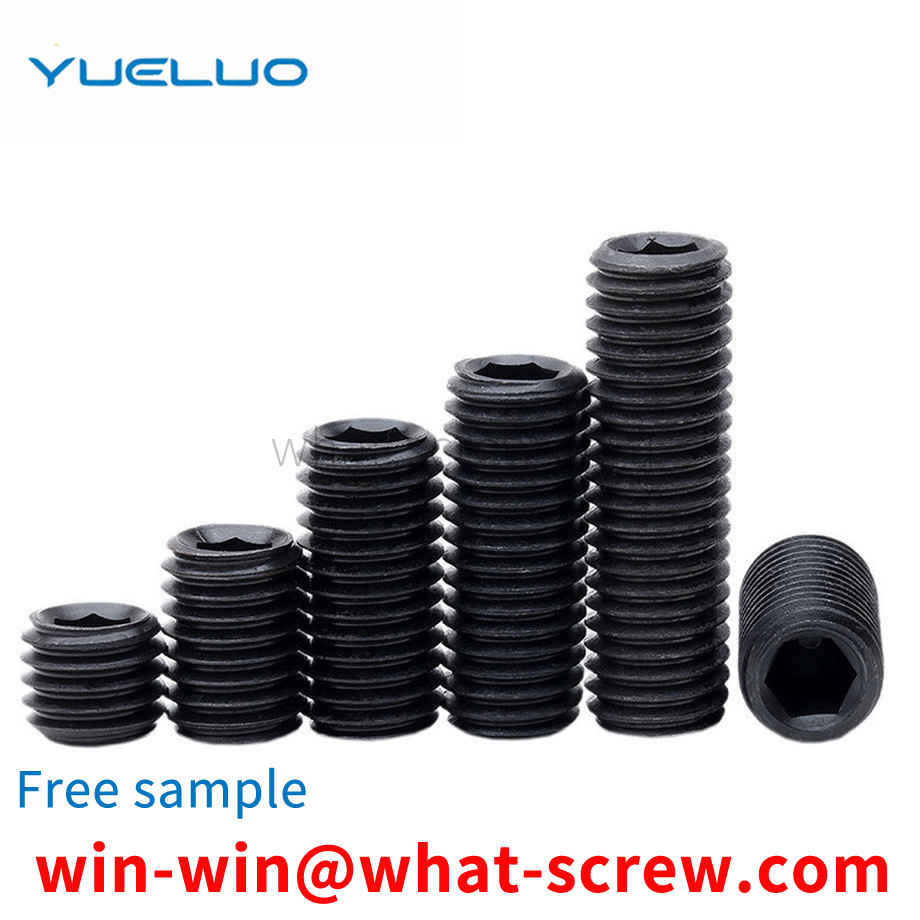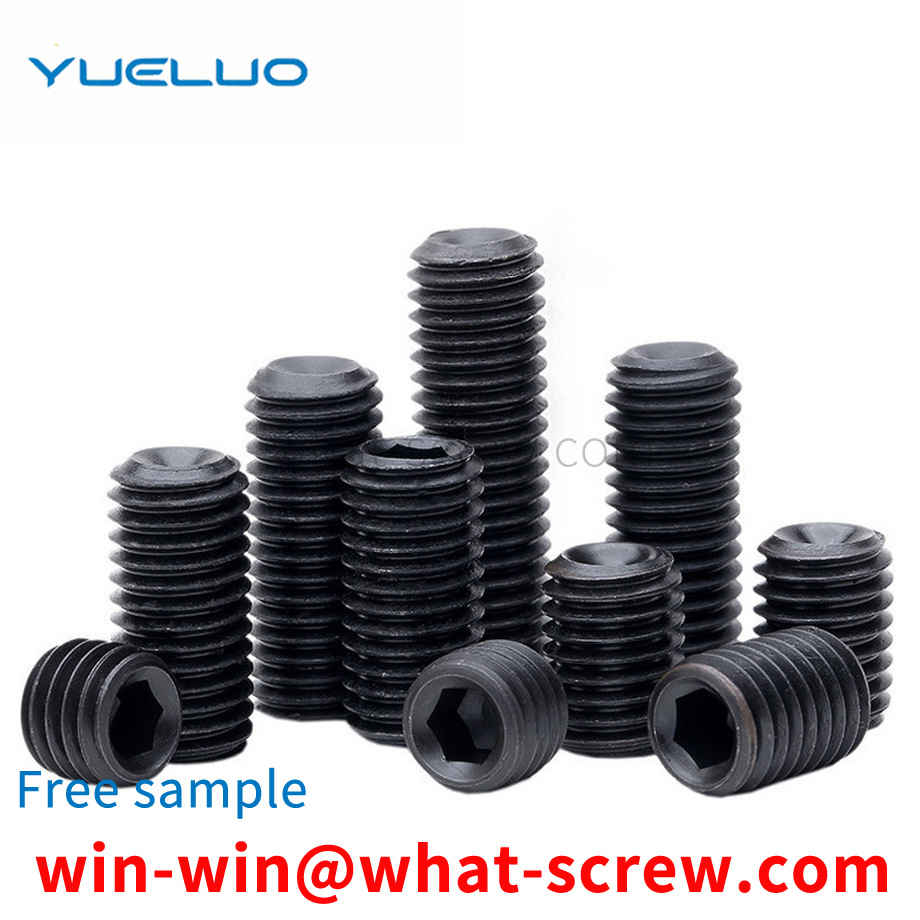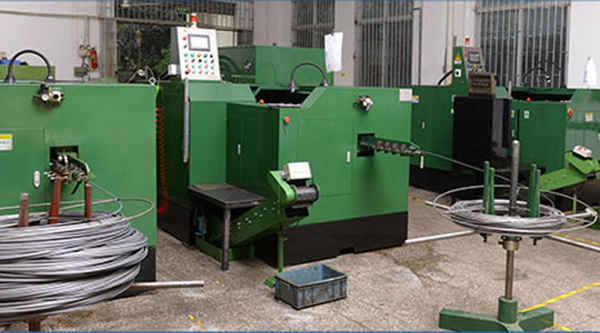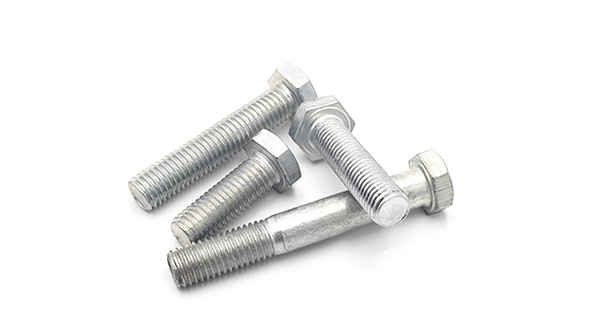What is the tolerance range of precision screws?
What is the tolerance range of precision screws?
Service Hotline
+86760-8787 8587We have more than ten years of production experience in the screw industry, the main products are: thin hexagonal fine thread nut, flat pin with hole cylindrical pin, outer diameter 8mm, red steel paper flat washer, 3mm nut, non-slip nut, outer hexagon machine Screws and bolts, IFI512-S pins, GB861, cylindrical pins with holes, flat round head Torx bolts, 316 screws, DIN799 bolts, laptop screws and nuts, thick rod bolts and other fasteners, due to the different materials and specifications of the products , the price is also different, please contact us if necessary.


1. Correctly select the product a. Before use, confirm whether the mechanical properties of the product can meet the needs of use, such as the tensile strength of the screw and the guaranteed load of the nut. The length of the screw should be selected appropriately, and the 1-2 pitch of the nut will be exposed after tightening. b. Before use, check whether the threads are rough, and whether there is iron filings or dirt between the threads, which often lead to locking. c. The fasteners can be lubricated before use. It is recommended to use butter, molybdenum disulfide, mica, graphite or talc for lubrication. Generally, dipping wax is used for lubrication and anti-locking. [1] 2. Pay attention to the use method when using it. a. The speed and force of screwing in should be appropriate, not too fast or too large. Use a torque wrench or socket wrench as much as possible, and avoid using an adjustable wrench or an electric wrench. Excessive speed will cause the temperature to rise rapidly and cause lock-up. b. In the direction of force, the nut must be screwed in perpendicular to the axis of the screw. c. The use of washers can effectively prevent the problem of over-tightening.

The general nut will loosen itself due to vibration and other reasons during use. In order to prevent this phenomenon, the self-locking nut was invented. The main functions of self-locking nuts are anti-loose and anti-vibration. For special occasions. Its working principle is generally self-locking by friction. The types of self-locking nuts classified by function include those with nylon rings, those with neck closures, and those with metal anti-loosening devices. They are all effective torque type lock nuts (refer to GB/T3098.9-2002 national standard)


In the prior art, the earliest rivets were small pegs made of wood or bone, and the earliest metal deformations were probably the ancestors of the rivets we know today. Without a doubt, they are the oldest known method of metal joining, dating back as far as the earliest use of malleable metals, for example: the Bronze Age Egyptians used rivets to attach six wooden sectors to the outer lines of a slotted wheel Riveted and fastened together. After the Greeks successfully cast large statues in bronze, they then used rivets to rive the parts together. With the progress of the times, there are more and more types of rivets, but traditional rivets have connection strength. Insufficient problem, so a new rivet is needed to solve the above problem.

The conventional auger bit structure 1 includes a rod body 11, a screw head 12 provided on one end of the rod body 11, a drill tail 13 provided on the other end of the rod body 11, and a plurality of threads 14 arranged around the rod body 11; Wherein, the periphery of the drill tail 13 defines a parting line 15, and the parting line 15 makes the drill tail 13 symmetrically divided into a side 131 and a side 132, and a cutting end 133 is formed at the junction of the end of the side 131 and the end of the side 132, respectively. The cutting end 133 is concavely provided with a quarter-turn chip flute 134 in the same direction of the helix, and the edge 132 continues the chip flute 134 and has a quarter-turn chip flute 135 with different helical curvatures. , by connecting the chip groove 134 and the chip groove 135 through different helical curvatures, the drill tail 13 can form a symmetrical and complete chip groove of 189 degrees.

The above content is uploaded by Yueluo or the Internet. If there is any copyright issue, please contact [email protected].

What is the tolerance range of precision screws?

How to choose the right stainless steel screw manufacturer?

Why is there an R angle under the head of the hexagon head s...

We have more than ten years of production experience in the ...

We have more than ten years of production experience in the ...

We have more than ten years of production experience in the ...

We have more than ten years of production experience in the ...